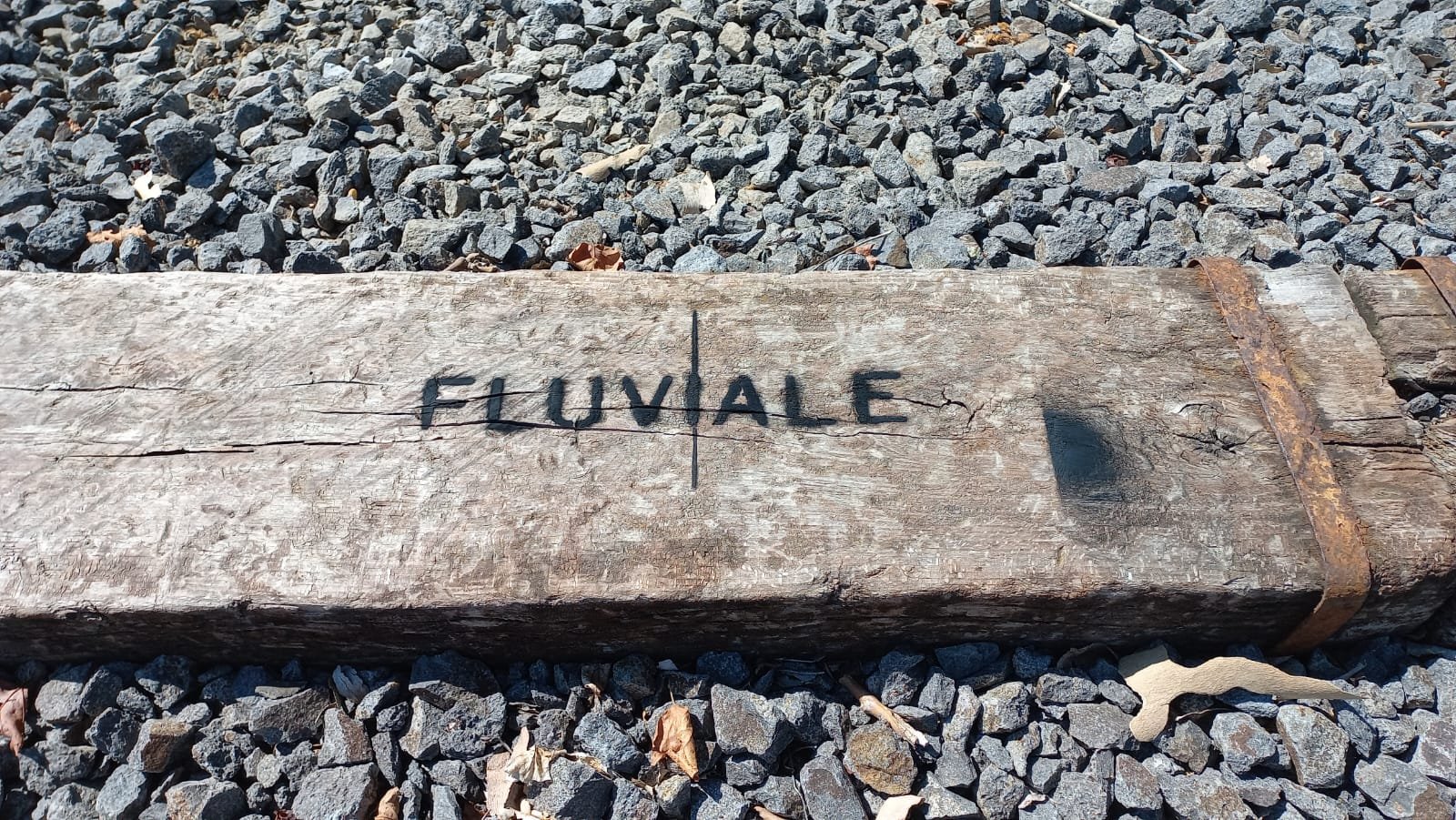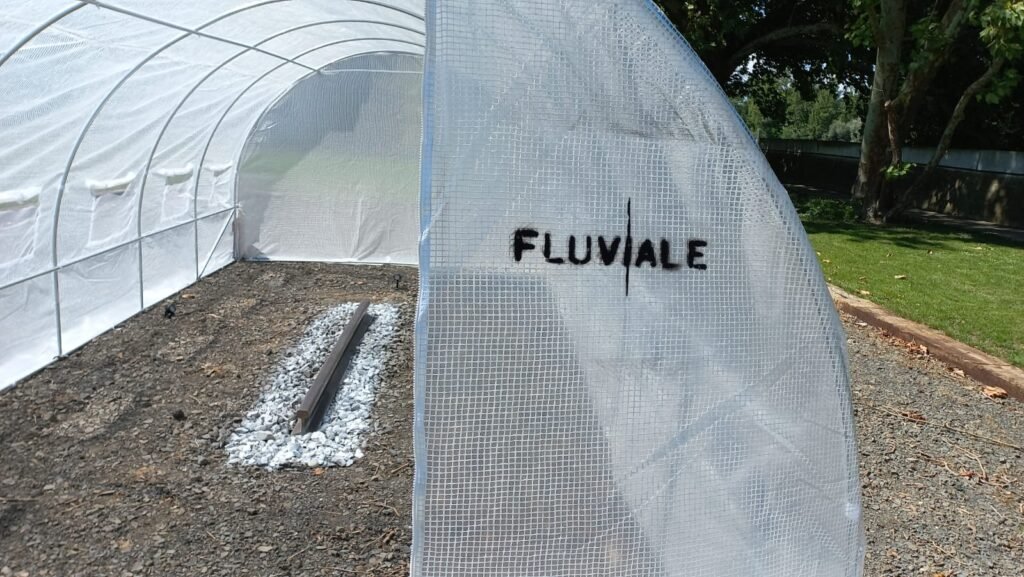
FLUVIALE @ HochSommer Festival 2025 | BAD RADGERSBURG – GORNJA RADGONA
02 – 08 –2025 Opening
crossing borders
ALONG the LINE
PROCEDURE
16.00 opening “FLUVIALE” / curator Thomas J. Jelinek
Schiffswerft Bad Radkersburg | Alfred Merlini-Allee | 18490 Bad Radkersburg
17.00 Crossing the bridge to the Slovenian side of the river “Mur”
17.30 Walk to the austrian customs house.
Performance “MISU” – Aiko Kazuko Kurosaki on the bridge
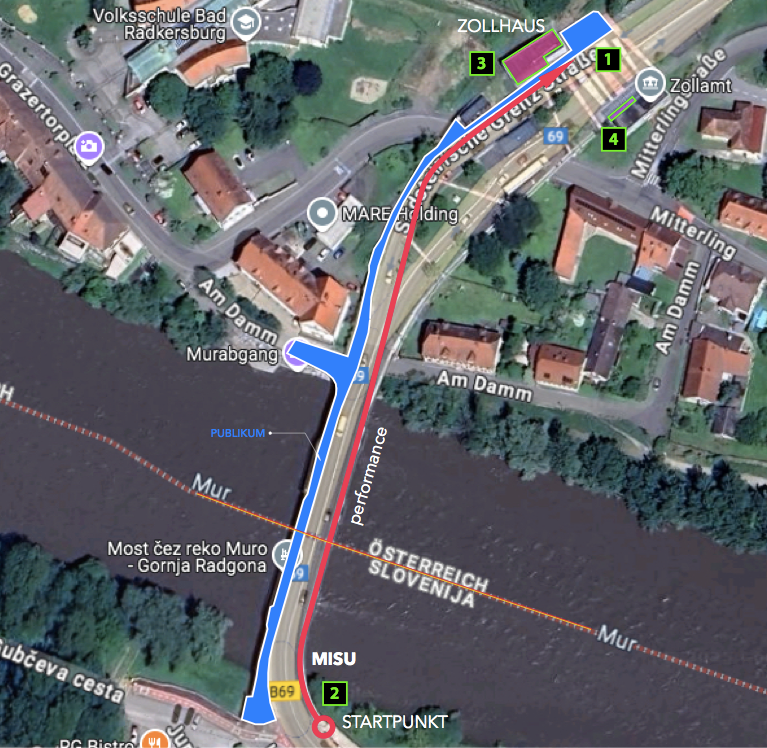
17:45 guided walk through the exhibition in the “ZOLLHAUS” with Thomas J. Jelinek
EXHIBITION: FLULIVIALE – crossing borders – ALONG the LINE

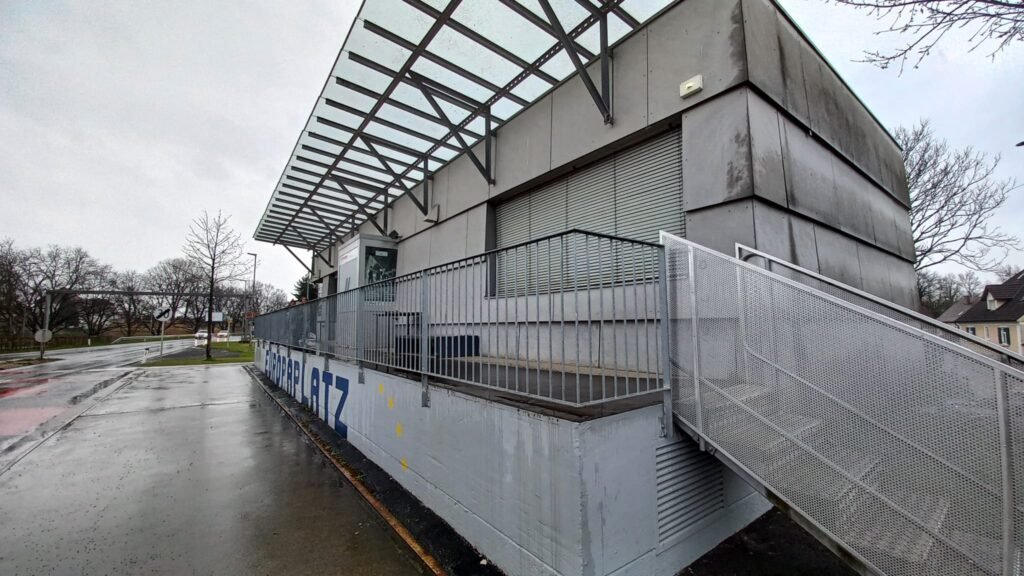
18.30 Opening “im Void” – PAVELHAUS | PAVLOVA HIŠA / with curator David Kranzelbinder + DJ SAŠO
19.45 FLOW – session by GoodLee – PAVELHAUS | PAVLOVA HIŠA
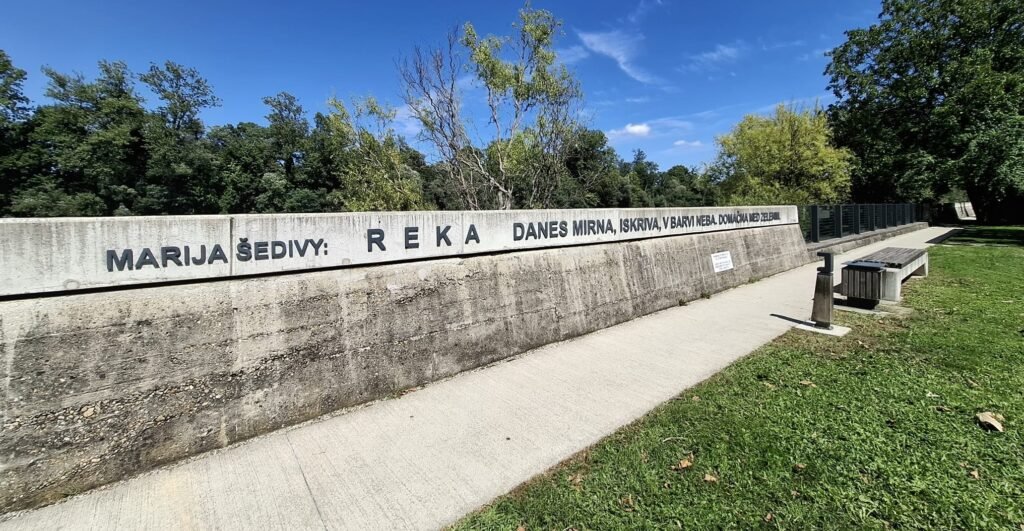
Today the river is calm, sparkling, green in the colour of the sky. <

exhibition : 03 – 08 – 2025 to 29 – 08 – 2025 | ZOLLHAUS | customs house | and several places and locations in BAD RADKERSBURG / GORNJA RADGONA
Locations | Access and opening hours:
[ 1 ] ZOLLHAUS / Customs house (border – Austrian side )
OPEN: 03.08. – 10.08.2025: täglich /daily : 10:00 – 18:00 / 10 AM to 6 PM
[ 2 ] PAVELHAUS /. PAVLOVA HIŠA
OPEN: 03.08. – 29.09.2025: täglich /daily : 13:00 – 18:00 / 1 PM to 6 PM
[ 3 ] exhibition tent at the riverbank of the Mur (Gornja Radgona / Slovenian side)
OPEN: 03.08. – 04.09.2025: accessible 24 hours
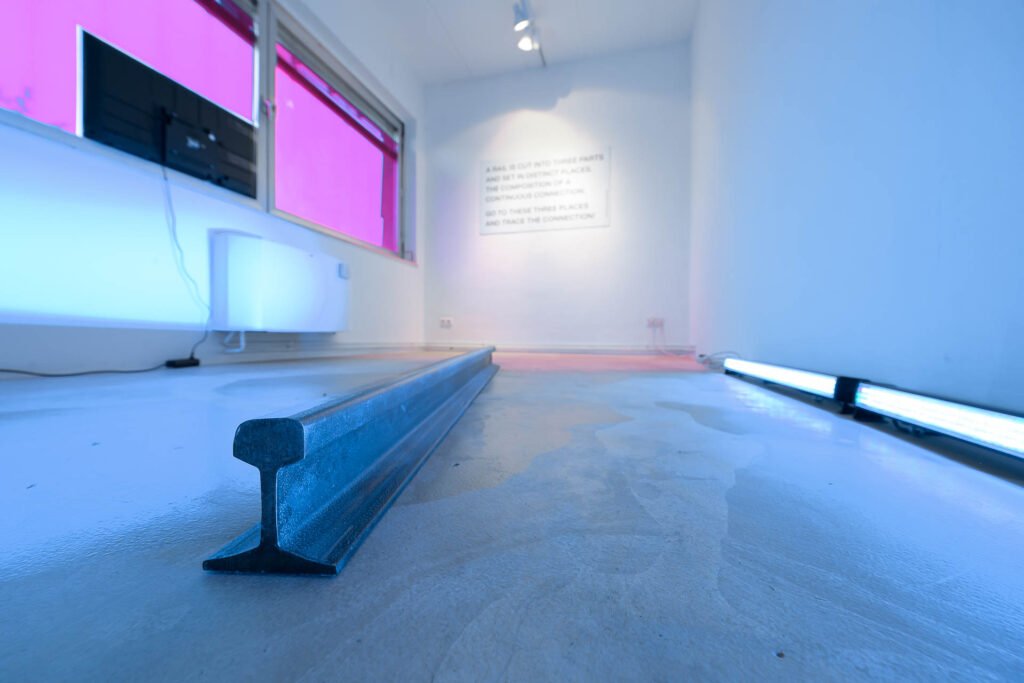
ARTISTS :
Kerstin Bennier
Jennifer DeFelice
GoodLee
Alfred Hruschka
Aiko Kazuko Kurosaki
Gertrude Moser-Wagner
Verena Tscherner
Michaela Vrbkova
curated by : Thomas J. Jelinek
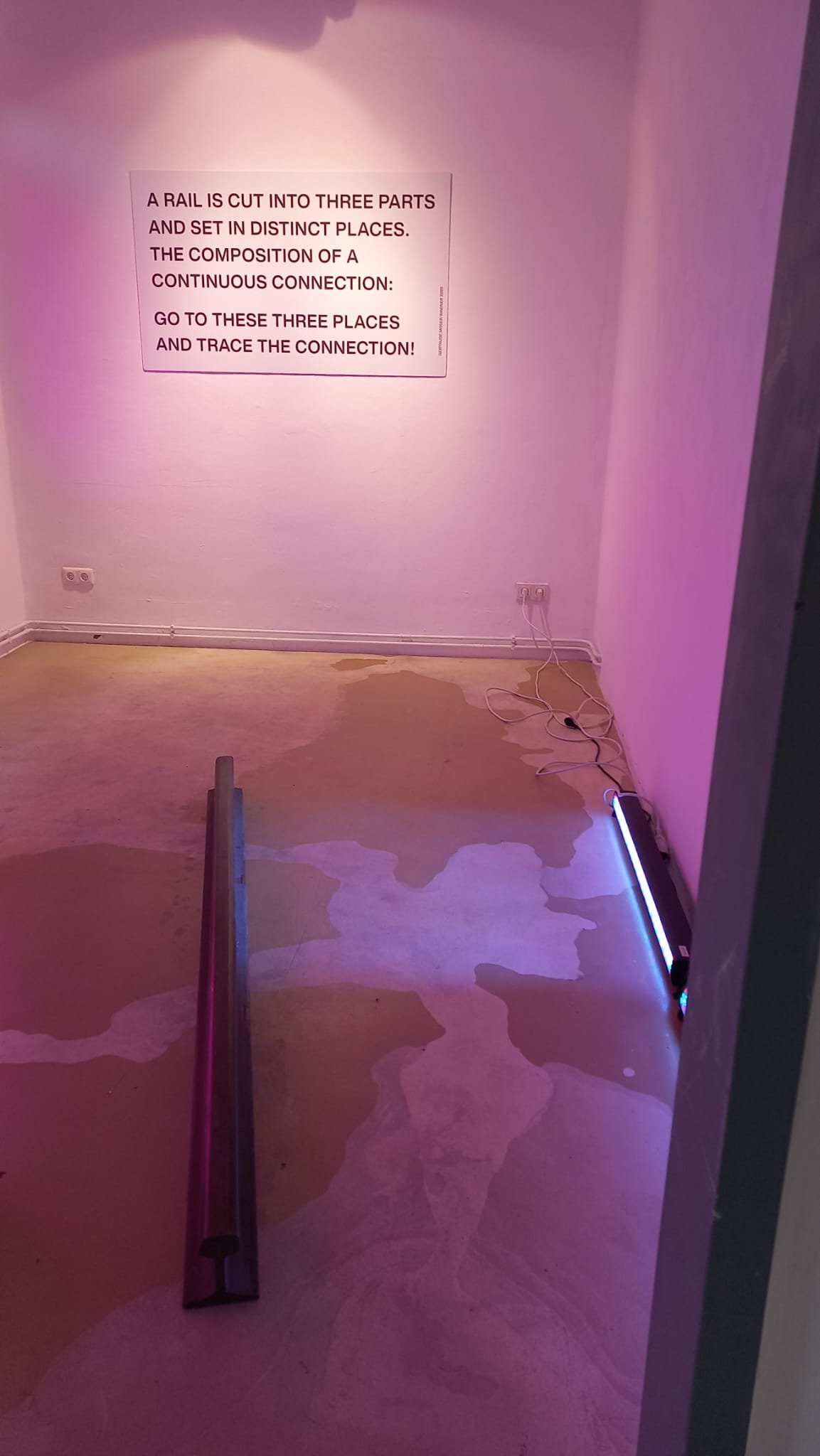
The Pavelhaus houses one part (of three parts) of the installation, which in the mind’s eye forms an entire composite rail, pars pro toto.
It refers, especially on site and as a three-part installation, to the divided city of Bad Radkersburg/Gornja Radgona, thus taking into account the FLUVIALE exhibition title crossing borders. In fact, it is precisely the gaps and historical distortions and interruptions in the border region of south-east Styria. The fact is that the drawbridge, which was blown up in 1945 and thus interrupted, was never closed again as a connecting line for public transport between the two countries. The FLUVIALE stands for connection
– along the line.
Gertrude Moser-Wagner
At the HochSommer Festival 2025,
the project axis crosses the borderline of the divided city of Bad Radkersburg / Gornja Radgona, which defines the focus of the artistic works on display.
The artistic manifestations can be found at several locations in Bad Radkersburg and Gornja Radgona.
In the performance MISU, Aiko Kazuko Kurosaki [JP/AT] connects the “districts” by walking across the Mur Bridge and shares the fundamental element of water with the audience in a performative reduction to the basis of life for all living beings. In this, water as a connecting common element contrasts with the water of the Mur as a dividing strand through the city.
The timeless slowness is contrasted with the cross-border FLOW of staged youth culture, realized by GoodLee [AT] with young people from Murska Sobota and Bad Radkersburg.
Its global, synchronising flow of the present contrasts with the intensifying conflicts in small regional and national disputes, which, in some cases, escalate into wars, cramming people into artificial groups and ethnicities, separating them from each other and from social and communicative networks and lines of connection, and staging separation with virtual borders.
The broken connections between shores and cultures can be explored –
In the three-part installation “Trace the Connection” by Gertrude Moser-Wagner [AT], pieces of railroad tracks are installed on both sides of the Mur River and in the customs house on the Austrian side.
In the customs house, different aspects of [dis]connection can be read.
With the knotted objects, which were handmade from 8 km of string during the coronavirus lockdown, Michaela Vrbkova [CZ] addresses the virtual boundaries of political and social isolation of “others” from a very personal perspective of their impact and effects.
These are also traces that can be traced, read, and exchanged.
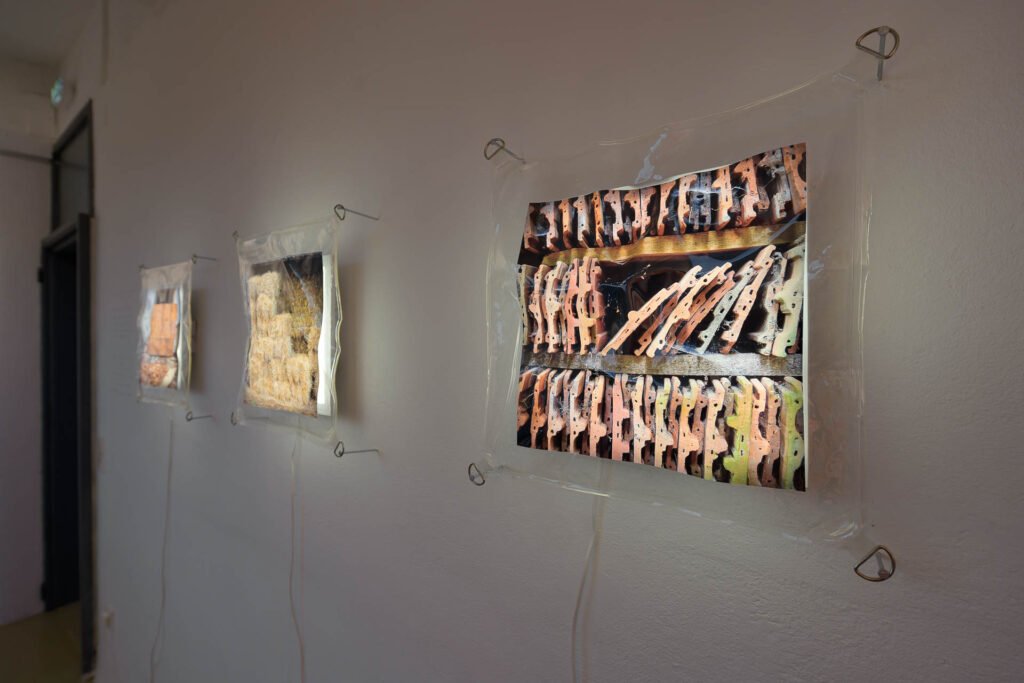
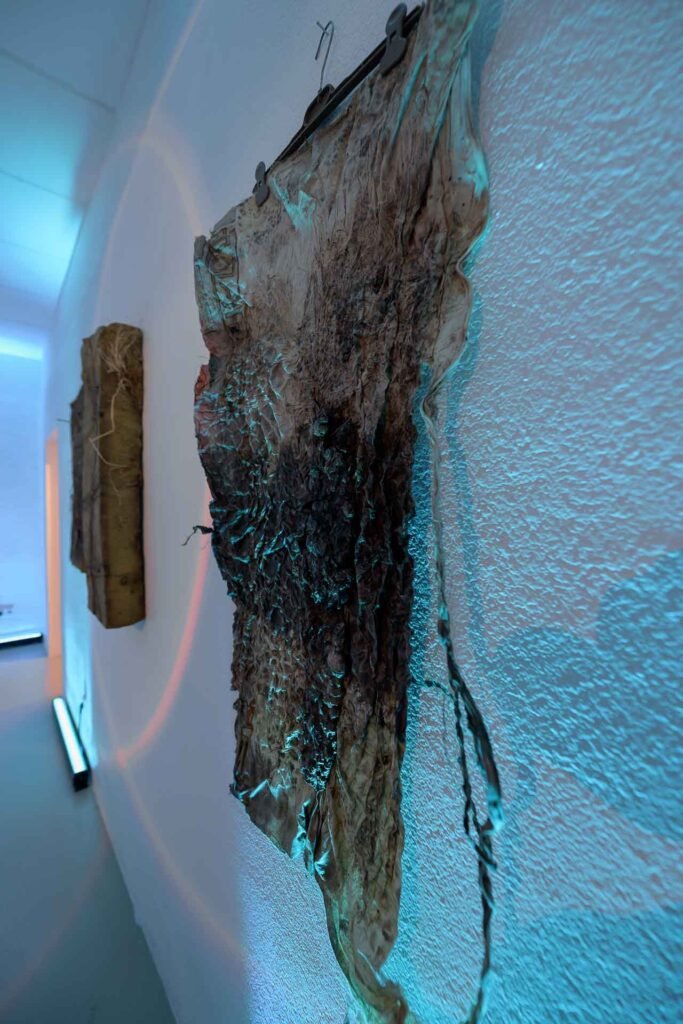
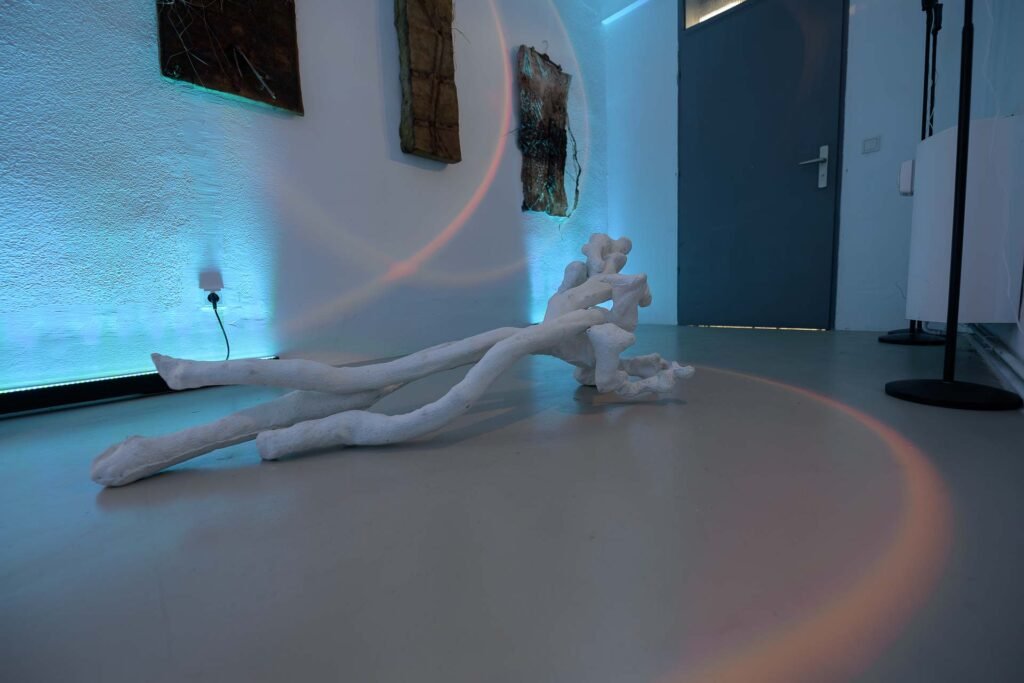
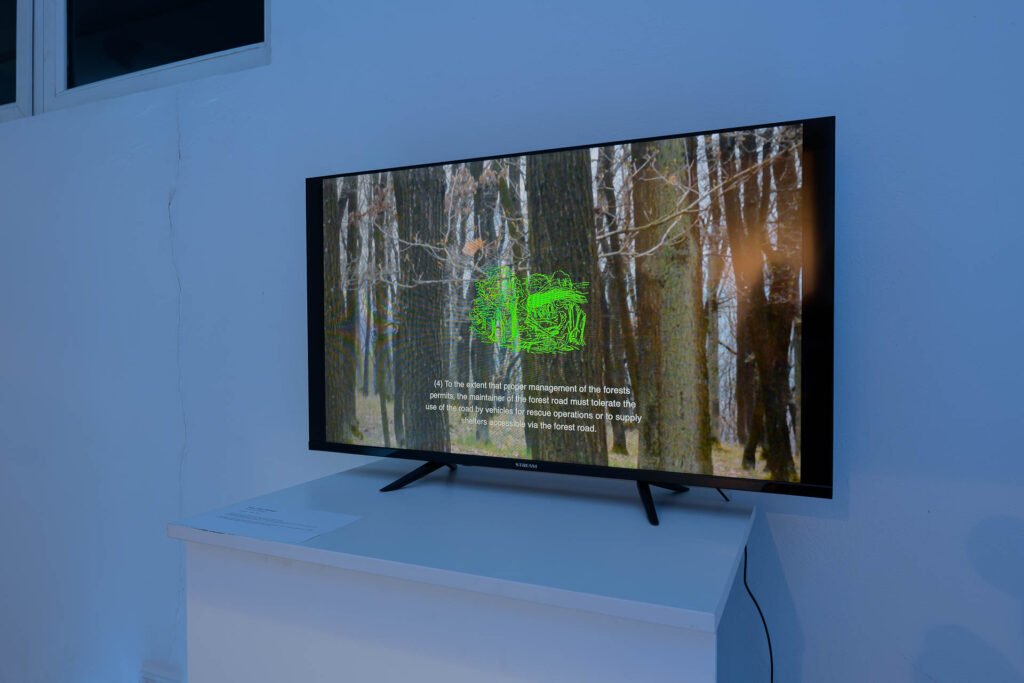
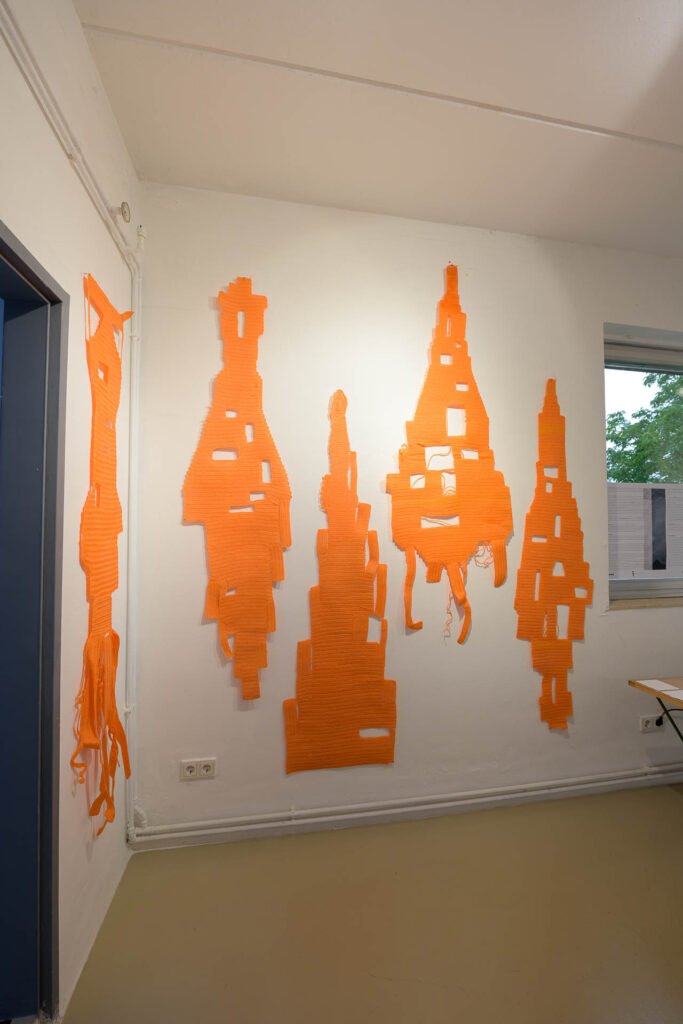
GIVE and TAKE
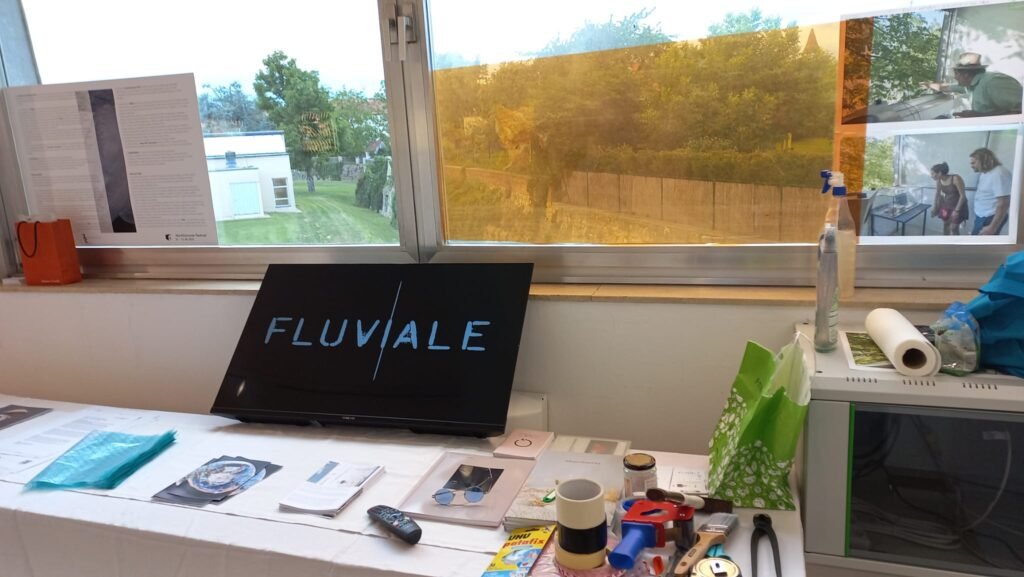
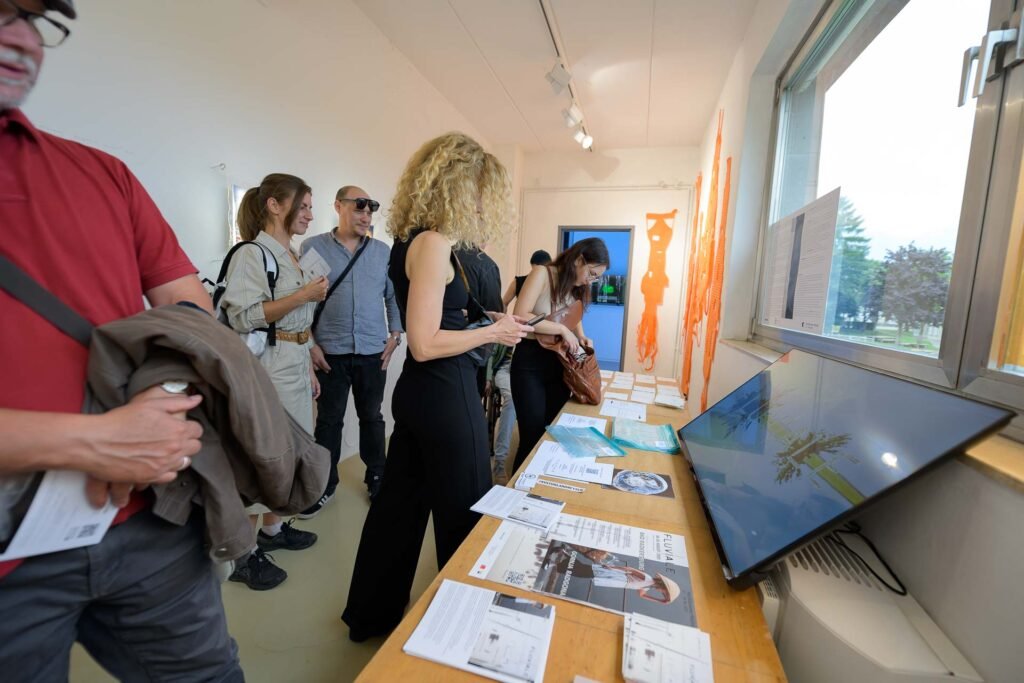
GIVE and TAKE is the inconspicuous exchange of traces of human existence, where small, hand-signed works of art by Michaela Vrbkova can be freely taken and small objects from one’s own memory or family history can be given away, borrowed for printing – stories exchanged, traces recorded.
The objects [given] by visitors are recorded by Verena Tscherner [AT] with a 3D scanner, entered into the digital memory, and incorporated as 3D-printed replicas into installations as individual “trace elements” in the coming times and stages of the FLUVIALE. With her objects in the Zollhaus, she shows the limits of breathability—between life, death, and the artificial reanimation of the deceased with respirated images.
This broadens the view from the constraints of political borders to the boundaries and traces of [biological] existence. This is also the starting point for the works of Alfred Hruschka [AT], in which legacies, vines, and literal trace images, rusty imprints of human and animal tracks from the past, can be read.
Jennifer DeFelice [US/CZ] takes an even bigger step back with Wald.grenzen (Forest Boundaries), to the planetary traces that can be seen from space, manifesting the negative aspect of global developments on a digital screen.
At the end of the tour, the path leads through the garage, where Kerstin Bennier’s ONE – ist the lonliest number, a manifestation of isolation or the last existing specimen, crouches on the wall. A thin-skinned sculpture of a forgotten stuffed animal, a memory image that will hopefully remain a bleak dream for a long time to come.
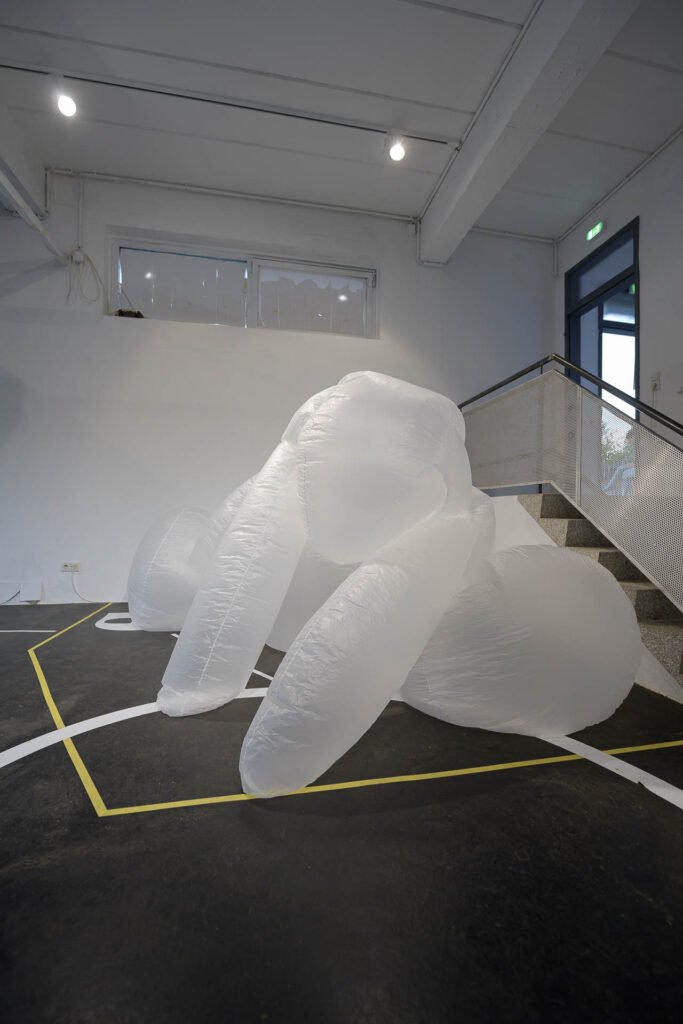
” ONE – is the lonliest number” by Kerstin Bennier
